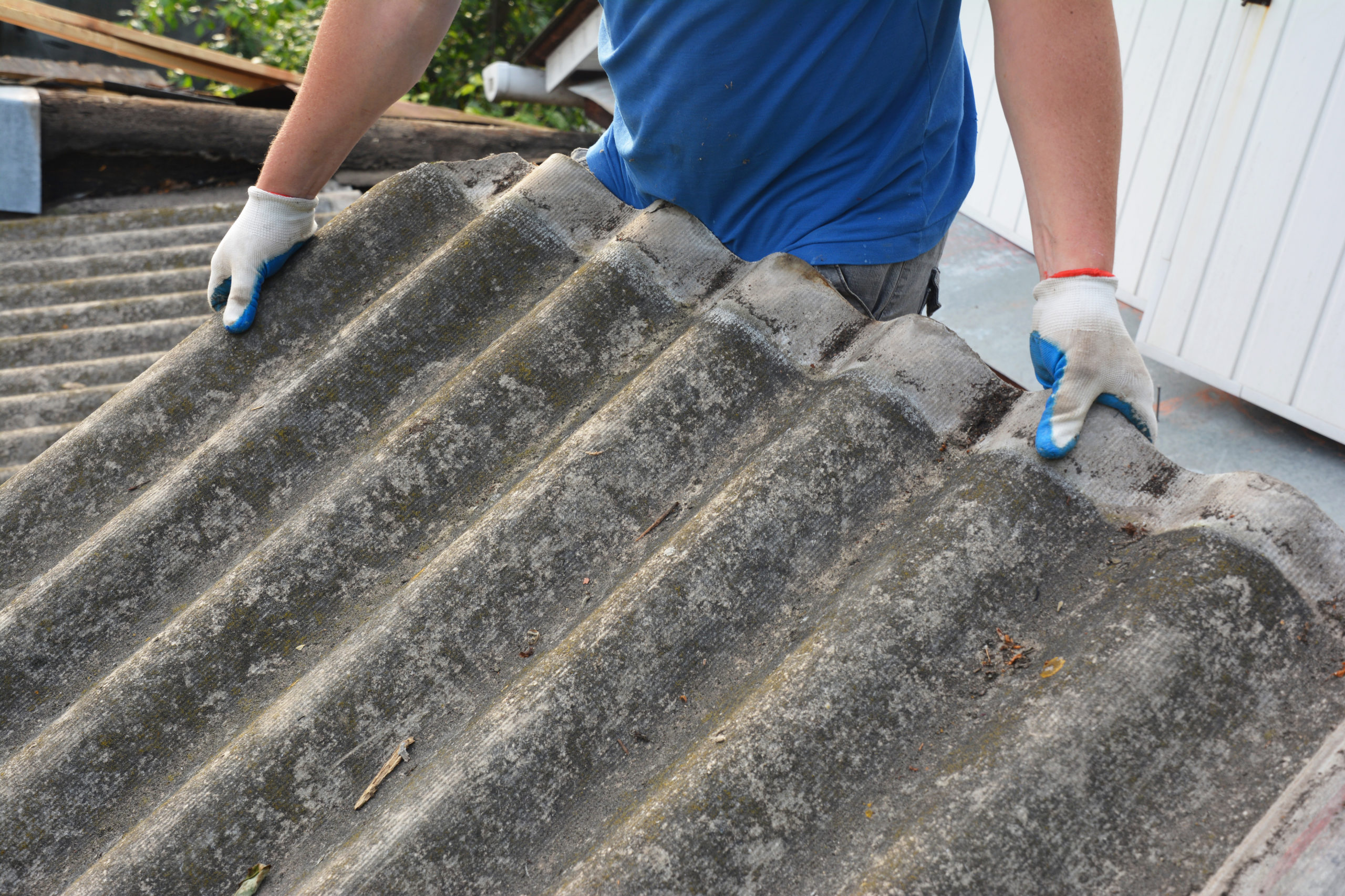
Asbestos exposure can happen anywhere. Children have been exposed at school. Spouses have been exposed secondhand, and workers have been exposed at their jobs. Experts agree that there is no safe level of exposure to asbestos for humans.
Asbestos is the only known cause of mesothelioma, a rare cancer that can take years or even decades to develop. Listed below are the trades at risk of asbestos exposure.
Asbestos was frequently used in airplanes for brakes and fireproofing. Mechanics working on these aircraft may be exposed to asbestos.
Because symptoms of mesothelioma can take decades to develop, many people do not even realize the source of their asbestos exposure. Airplane workers, both civilian and military, could have been exposed at work.
The CDC lists boilermakers as one of the riskiest jobs for exposure to asbestos. Boilermakers install, assemble, repair, and maintain boilers at power plants, on ships, and at large industrial sites.
Many boilers contain asbestos, as do components of the large boilers. Especially for older units, workers repairing even a small part of the boiler could disturb the asbestos, creating a situation where microscopic particles are released into the air. When the workers breathe in these particles, it can eventually lead to mesothelioma.
Bricklayers cut stone and blocks, lay the stone for construction, and repair similar structures. Cutting stones creates a cloud of dust which can include asbestos.
Up until about the late 1980s, bricklayers did not wear protective breathing gear. Many workers were exposed to asbestos which could eventually lead to mesothelioma.
Bricklayers could have been exposed to asbestos at the following places:
Carpenters work in homes and buildings, repairing walls and fixtures. Because so many buildings and homes were built using asbestos, any repairs done could cause ongoing health problems for carpenters.
Up until the 1980s, many products contained asbestos, including:
Not only were carpenters directly exposed to asbestos, but they could have been exposed secondhand, too. Other trades workers would have been exposed to asbestos and would have been around carpenters on jobsites, leading to indirect exposure.
Masons work with cement on construction sites and home building projects. They build the structures to hold the concrete, pour the concrete, spread, level, and smooth it out. Their job is to ensure the concrete hardens into a smooth finished product.
Construction sites are hazardous places and often involve working with material made of asbestos. Even if a mason was not directly working with asbestos, they could have been exposed secondhand by being around other workers.
Crane operators operate overhead cranes at large construction sites. The cranes these workers operate have asbestos components, like brakes. Moving the crane around could cause microscopic fibers to be released into the air, where the crane operators and other workers could inhale them.
Being on a construction site, crane operators could be exposed to asbestos secondhand. When other workers are around asbestos, the microscopic fibers can attach to their clothing. Other workers could then inhale these fibers, leading to serious health problems.
Electricians work on all types of electrical equipment. From wires and generators to boxes and panels, electrical work is hazardous all on its own. For many years, asbestos was used in wire wrapping because asbestos can protect against fire.
However, when electricians need to cut these wires, they are disturbing asbestos fibers, releasing them into the air, breathing them in, and potentially exposing other workers around them as well. Because electricians also work on construction sites frequently, they could be exposed secondhand as they engage with other workers who may have asbestos fibers all over their clothing.
Firefighters work for cities and towns but also for airports and at industrial jobsites. When a building catches on fire, firefighters rush in to save people. That often involves using an axe to chop through a wall or flooring. This can release asbestos fibers.
However, firefighters can also be exposed secondhand. Even if they are not one of the workers rushing into a house or building, the firefighters who do could come into contact with asbestos which can attach to their clothing. Once outside, other firefighters could breathe in those microscopic fibers, potentially resulting in mesothelioma.
Firefighters can also be exposed to asbestos from the following:
Firefighters engage in a dangerous profession, even without asbestos exposure. Unfortunately, mesothelioma rates in firefighters is about two to three times greater than in the rest of the U.S. population.
Certain jobs are inherently more dangerous than others. However, even workers in those jobs do not expect to be exposed to hazardous materials. Unfortunately, many workers are exposed to asbestos. If you have been diagnosed with mesothelioma because of asbestos exposure at work, you may have legal options. Our Philadelphia mesothelioma lawyers at Brookman, Rosenberg, Brown & Sandler can help you. Call us at 215-569-4000 or contact us online to schedule a free consultation. Located in Philadelphia, we serve clients throughout Pennsylvania and New Jersey, including Delaware County, Chester County, and Philadelphia County.